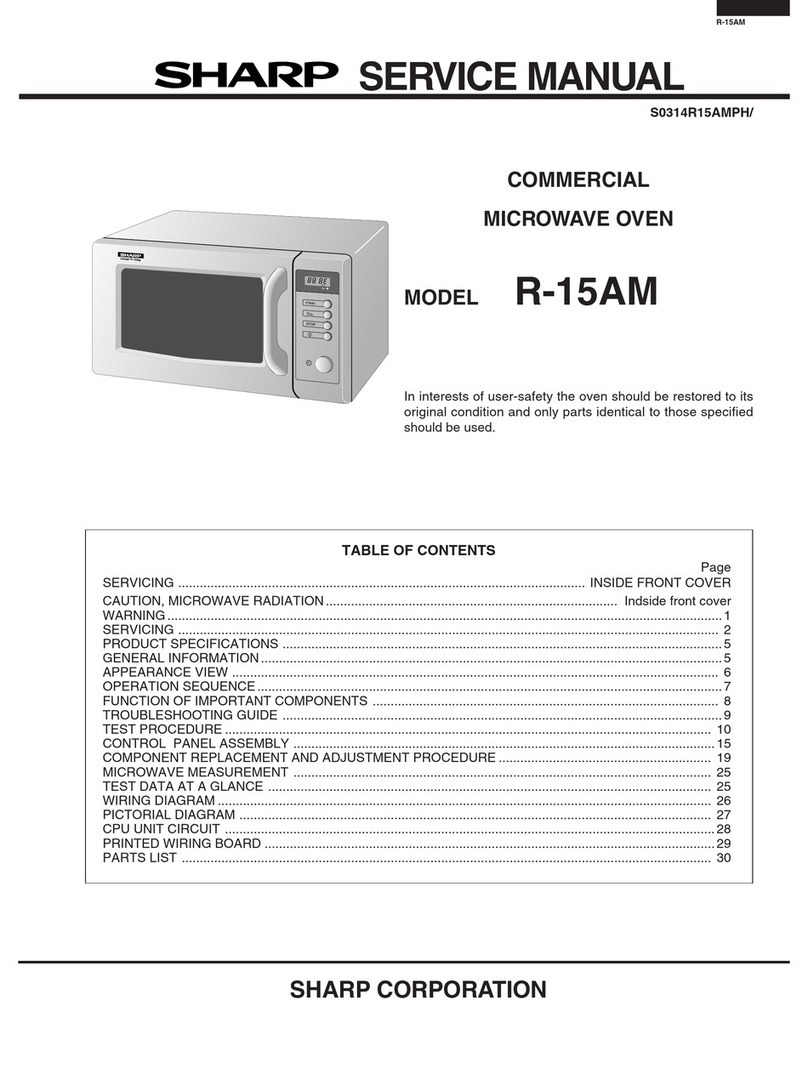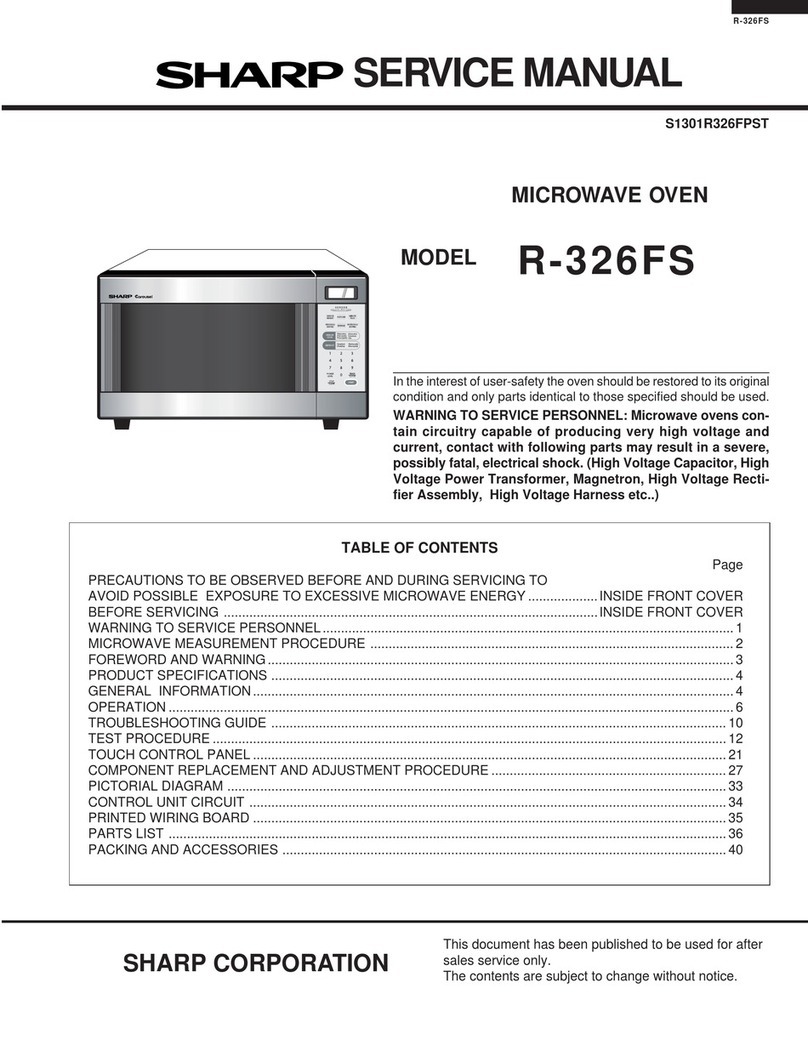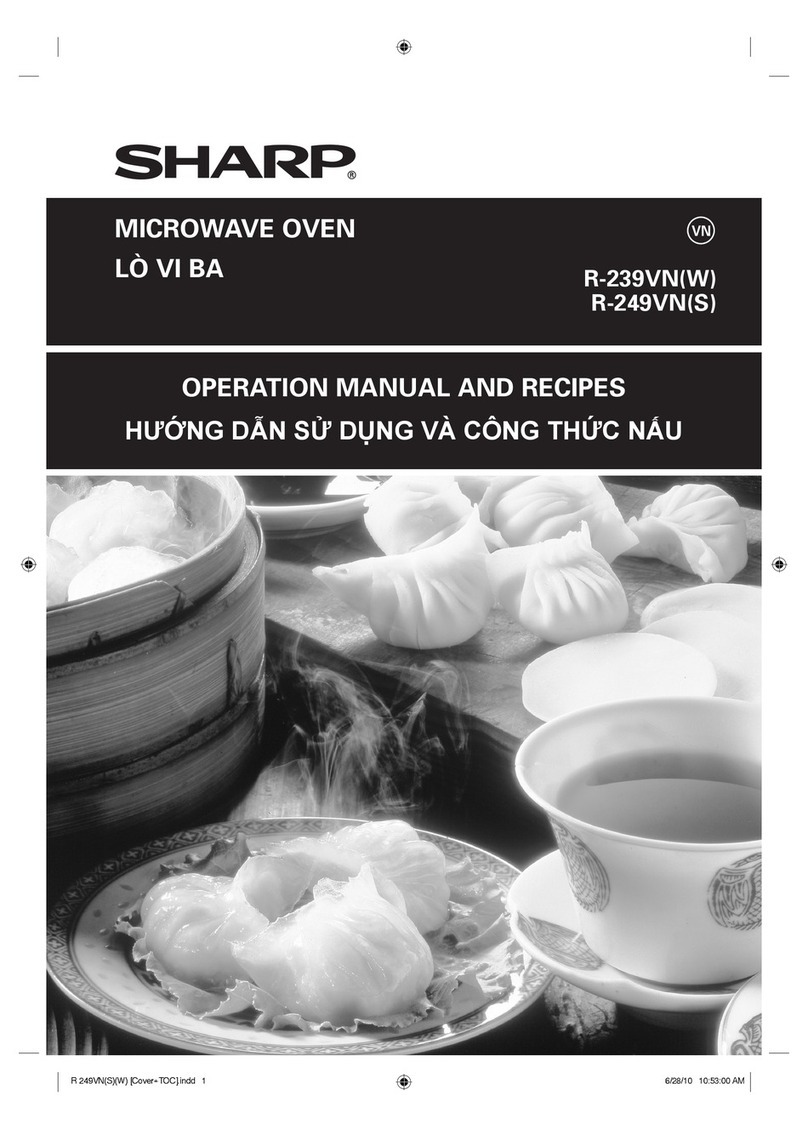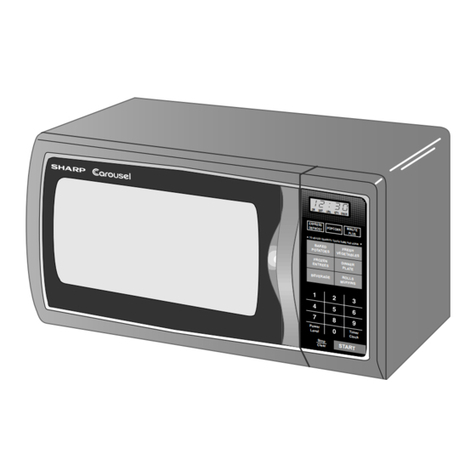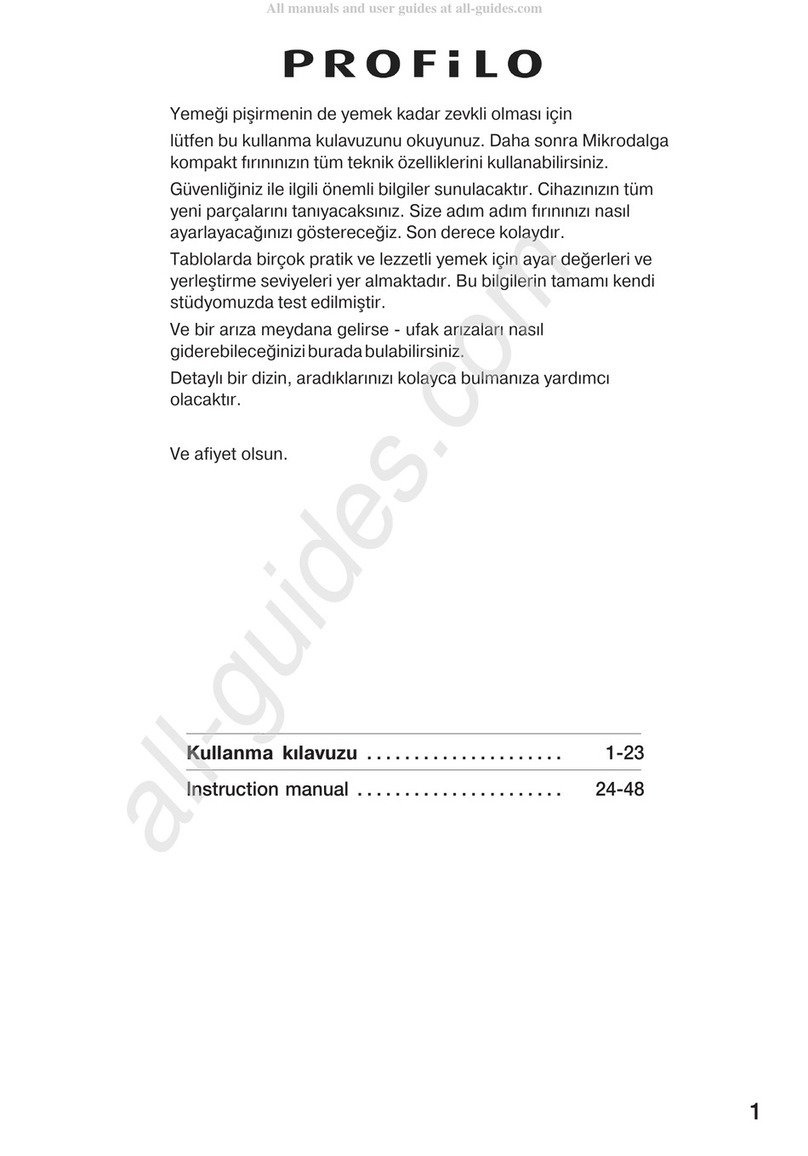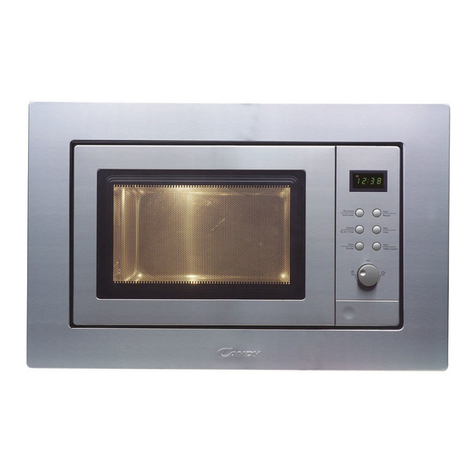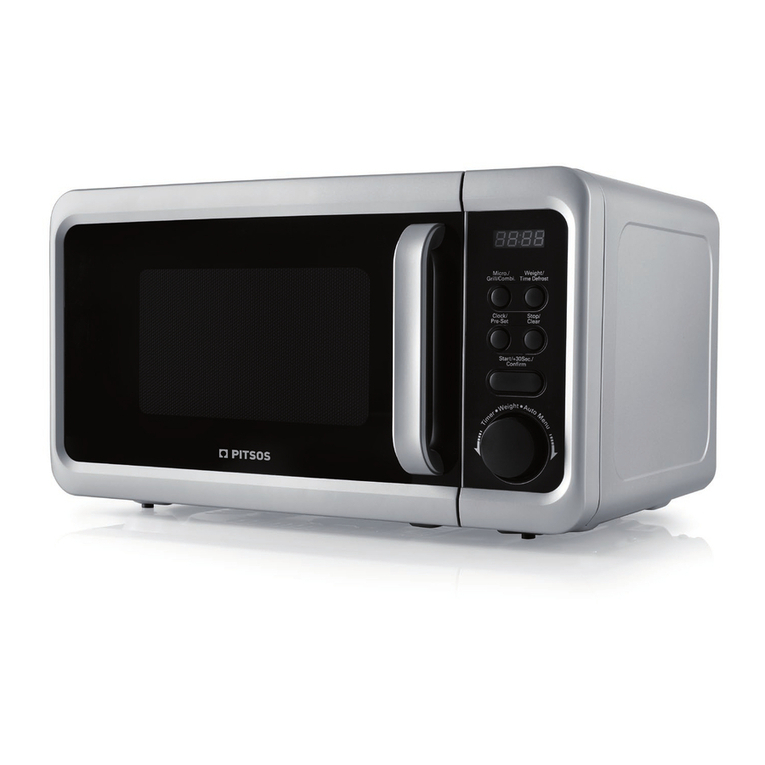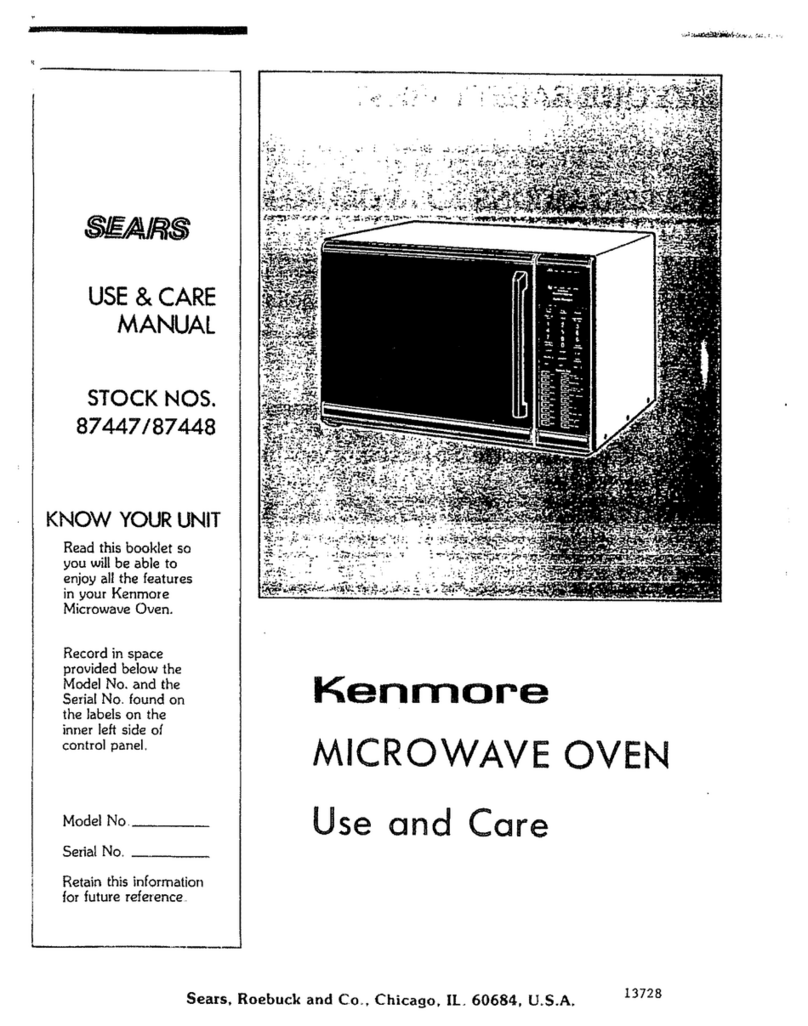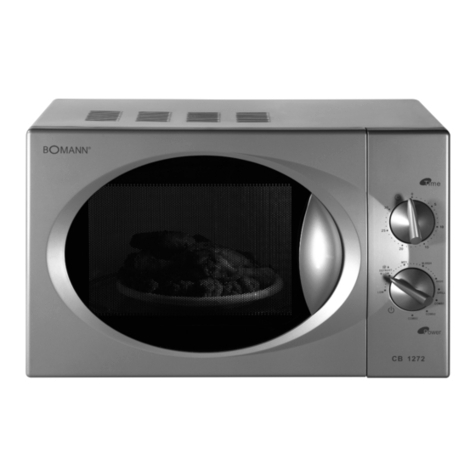Sharp R-206 Instruction Manual
Other Sharp Microwave Oven manuals
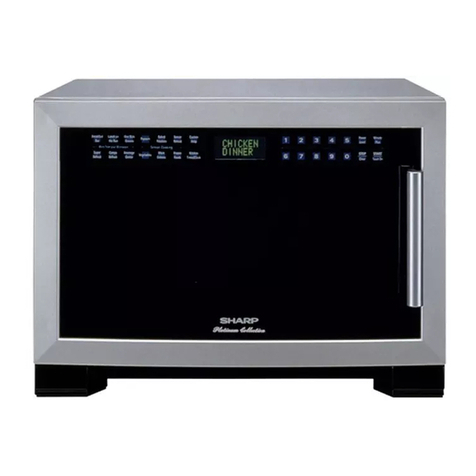
Sharp
Sharp R-630DKA User manual
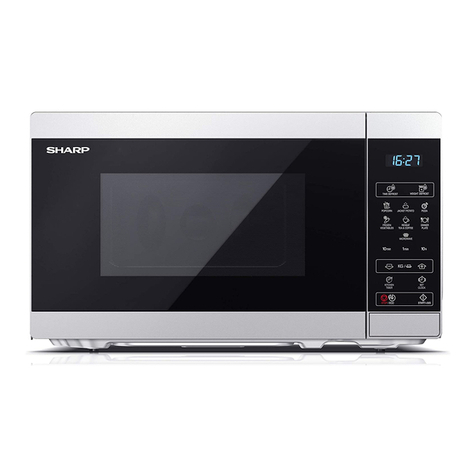
Sharp
Sharp YC-MS02U User manual
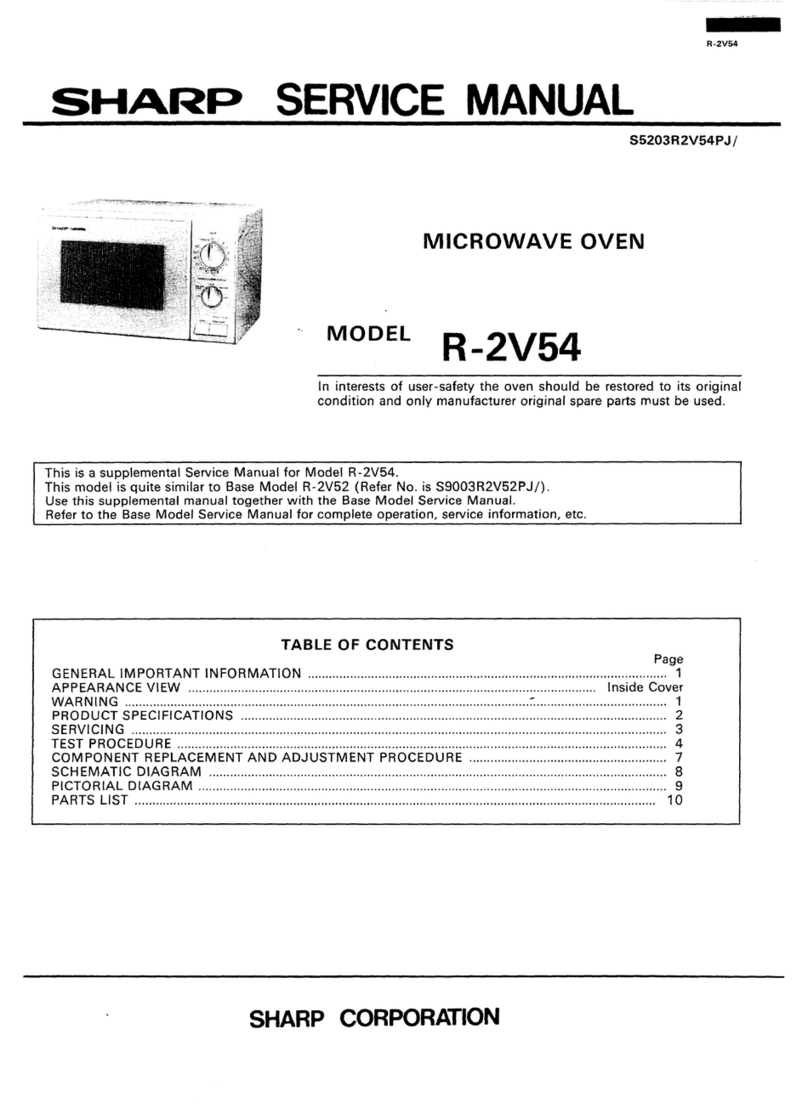
Sharp
Sharp R-2V54 User manual
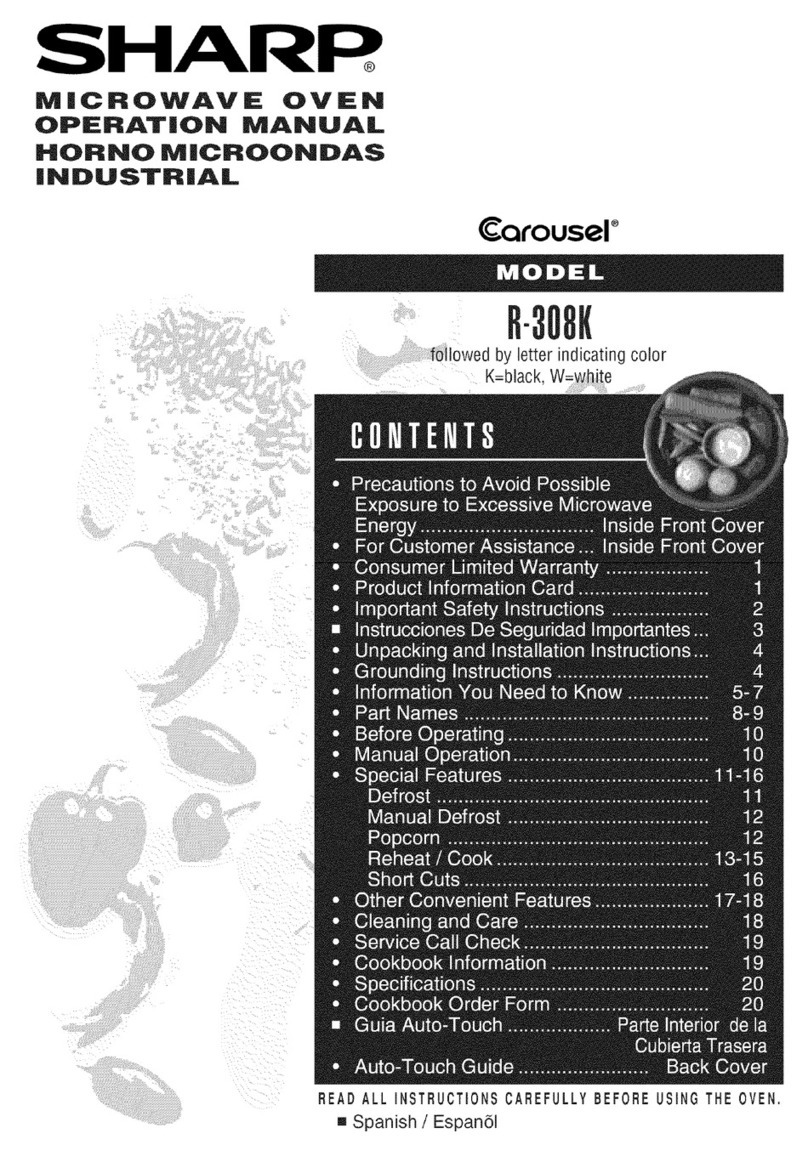
Sharp
Sharp R-308KW User manual
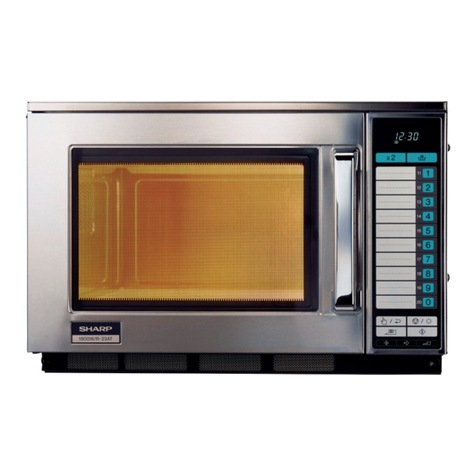
Sharp
Sharp R-23AT User manual
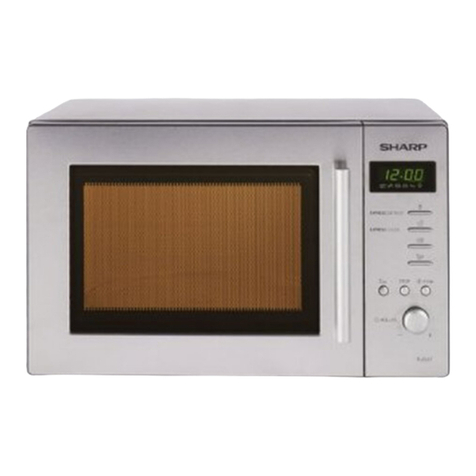
Sharp
Sharp R-25ST Instruction Manual
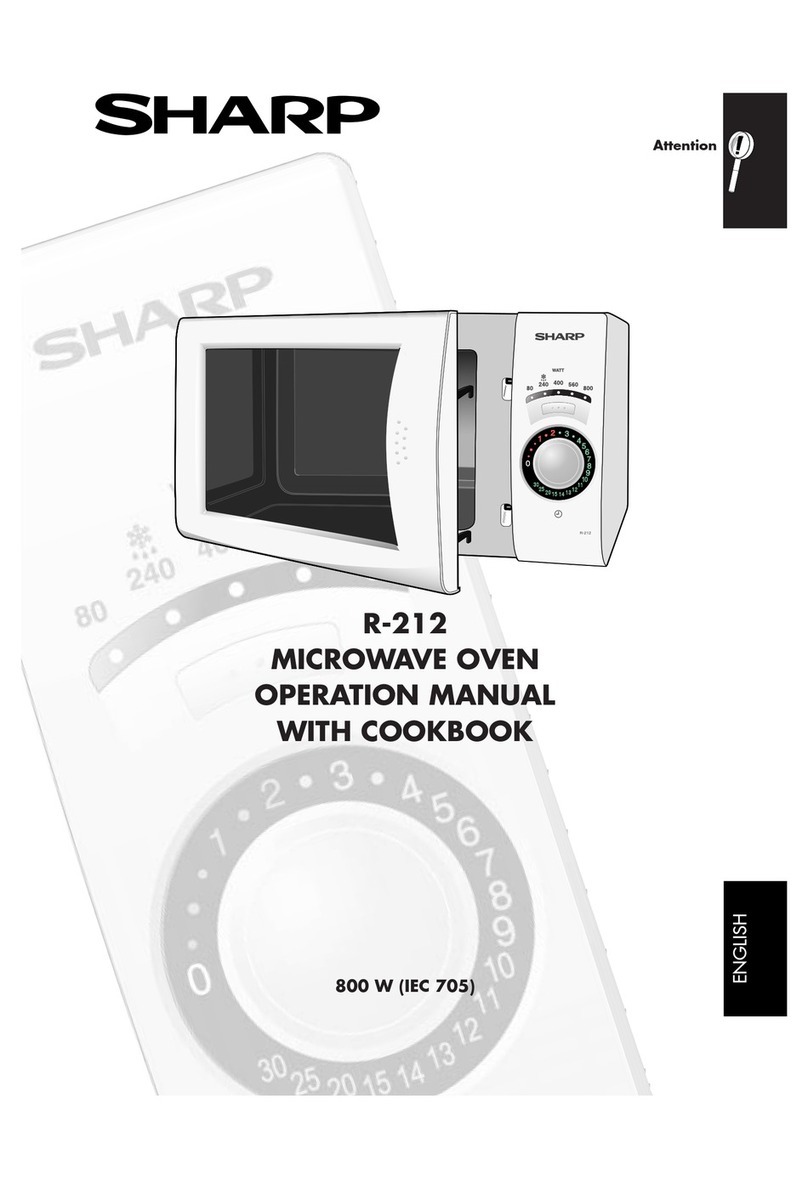
Sharp
Sharp R-212 Instruction Manual
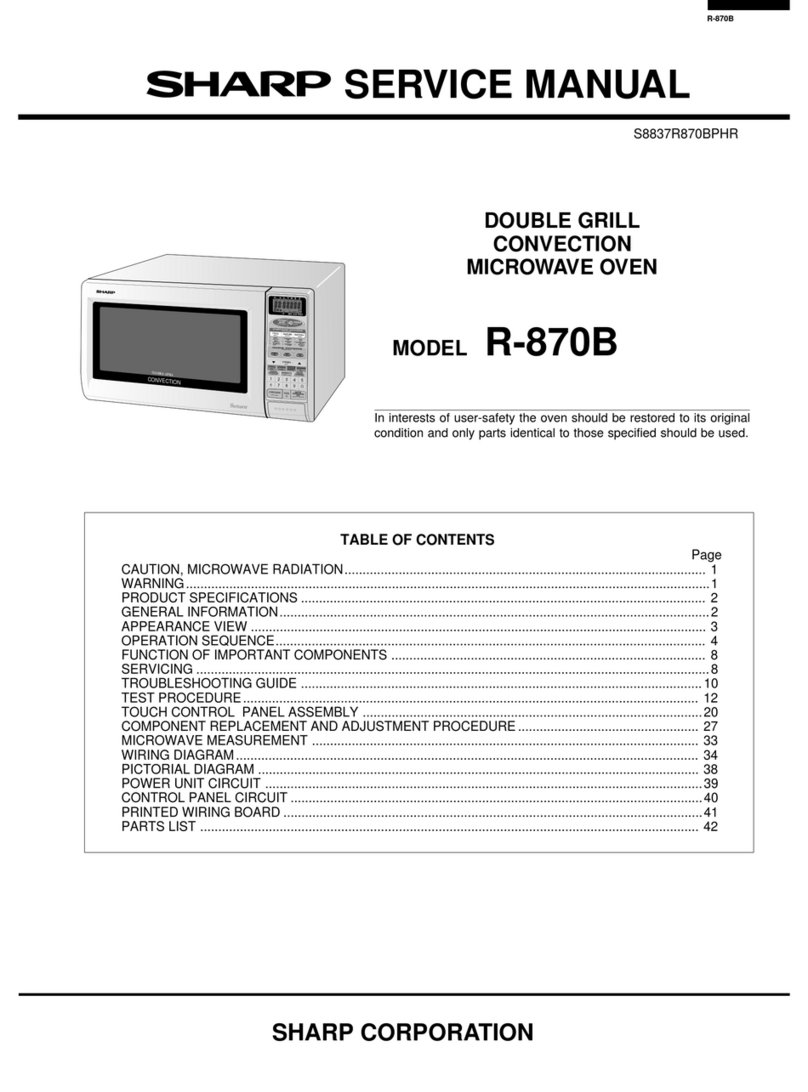
Sharp
Sharp R-870B User manual
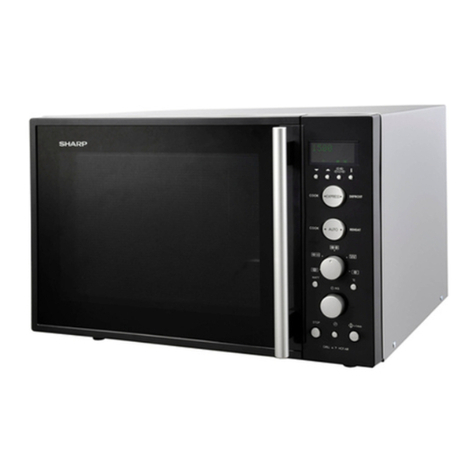
Sharp
Sharp R-939(BK) User manual

Sharp
Sharp Carousel R-9Z00 User manual

Sharp
Sharp R-210AM User manual
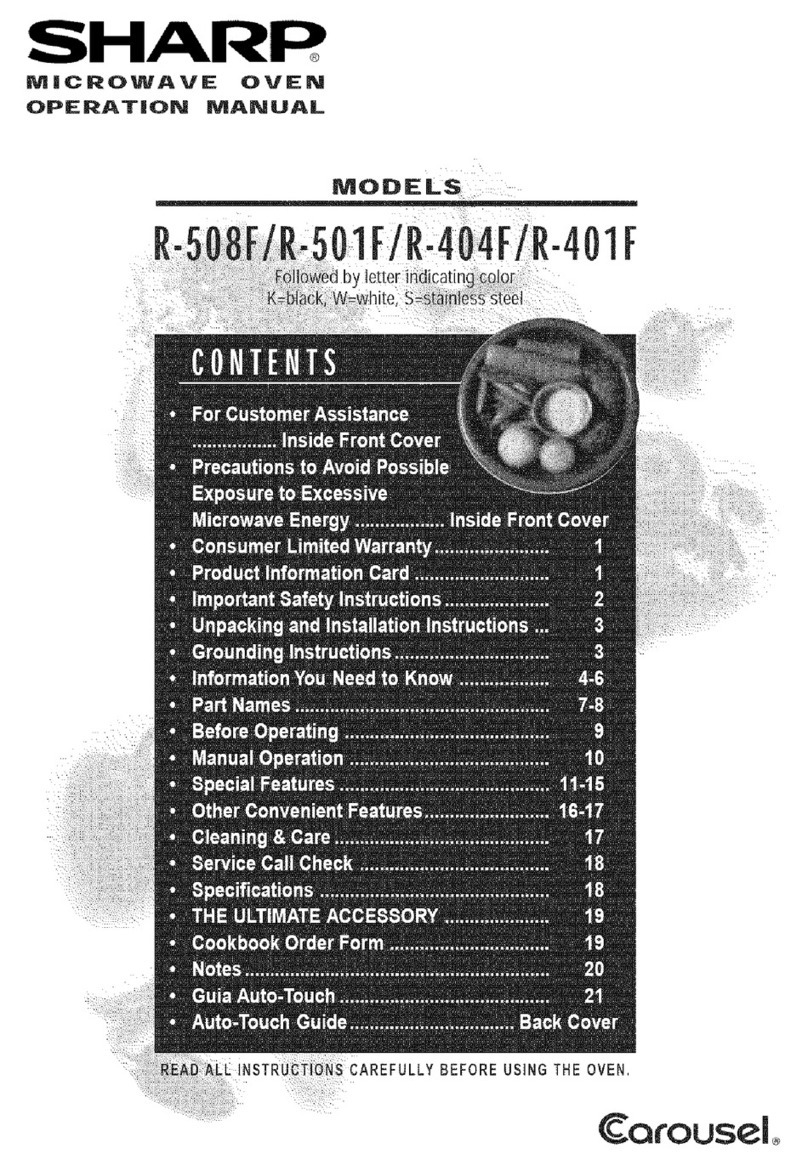
Sharp
Sharp R-404FK User manual
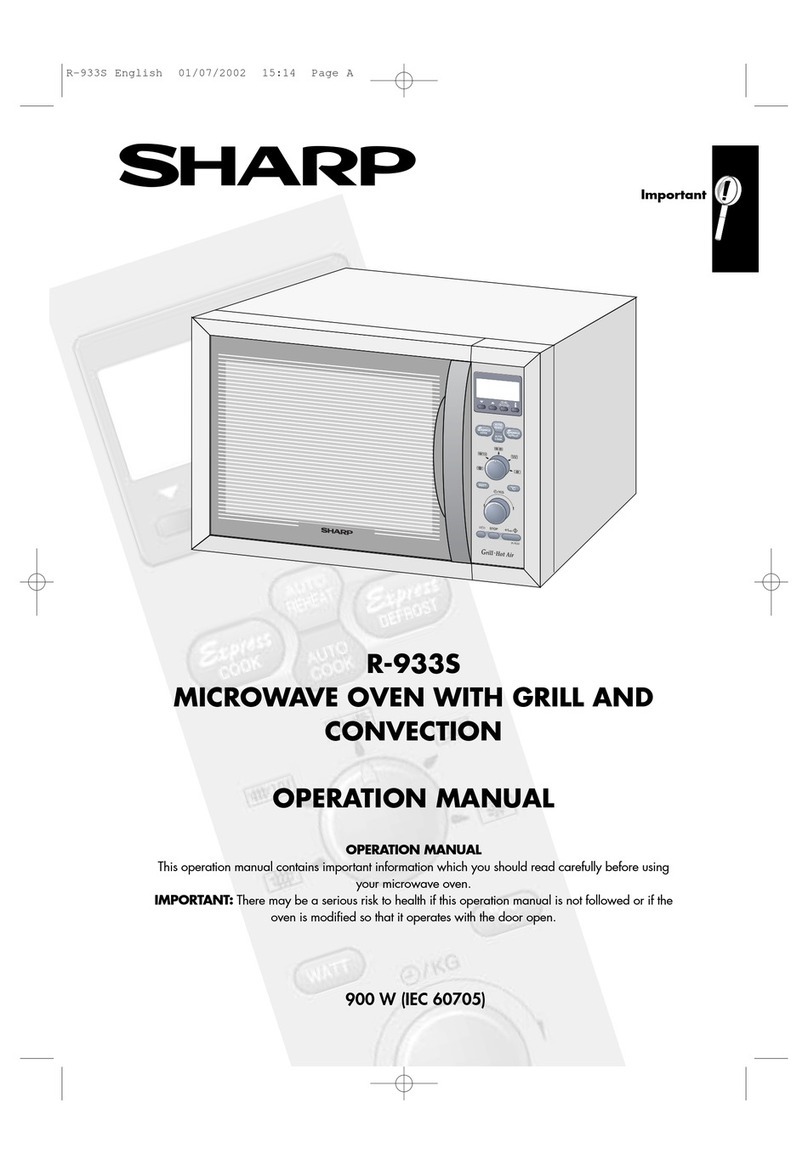
Sharp
Sharp R-933S User manual
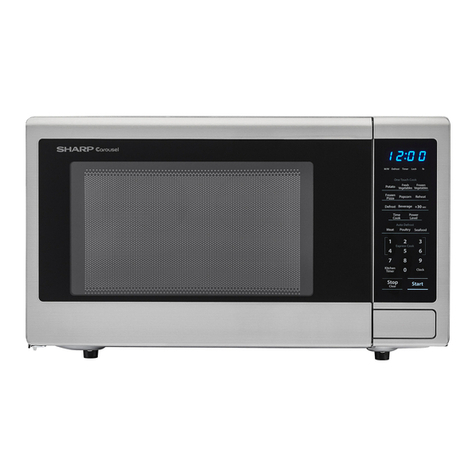
Sharp
Sharp SMC1132CS User manual
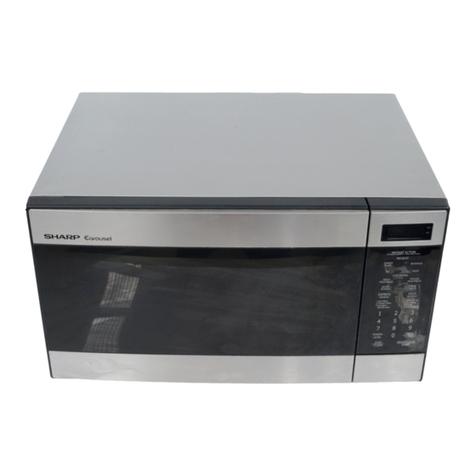
Sharp
Sharp R-395F(S) User manual
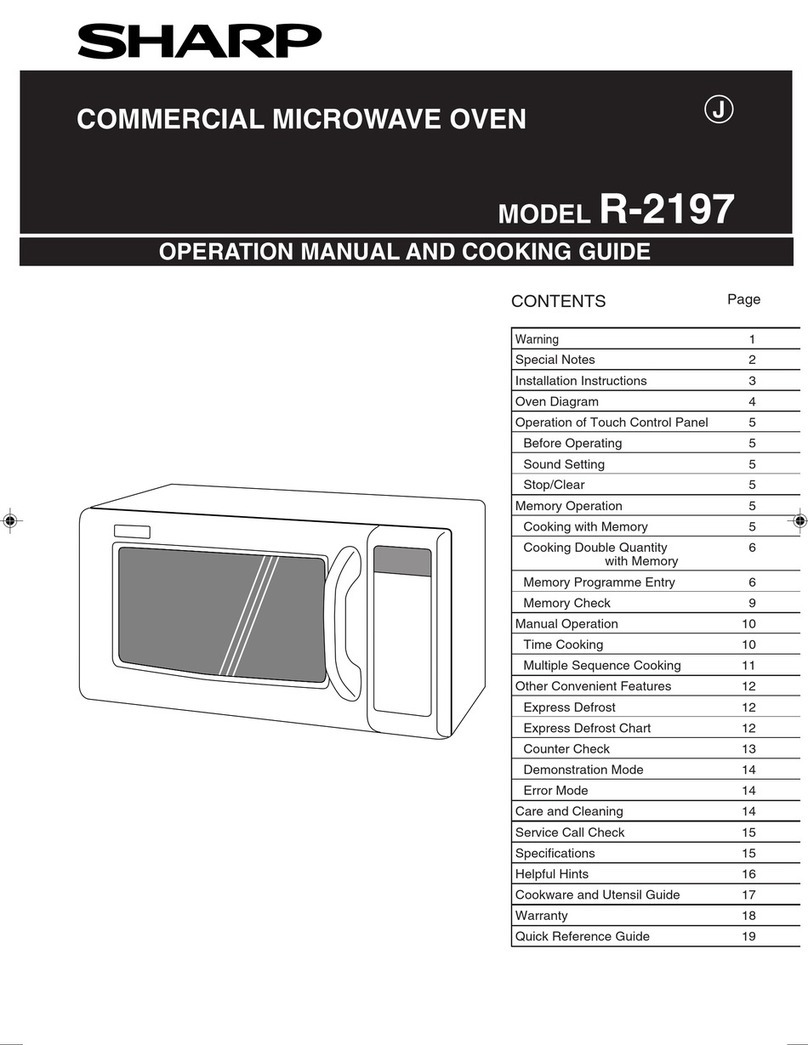
Sharp
Sharp MODEL R-2197 User manual
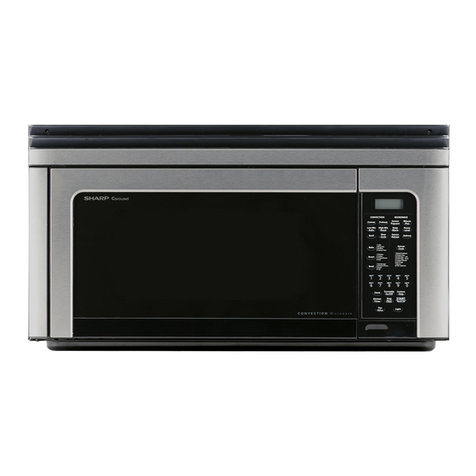
Sharp
Sharp Carousel REFURBISHED R-1881LSY User manual
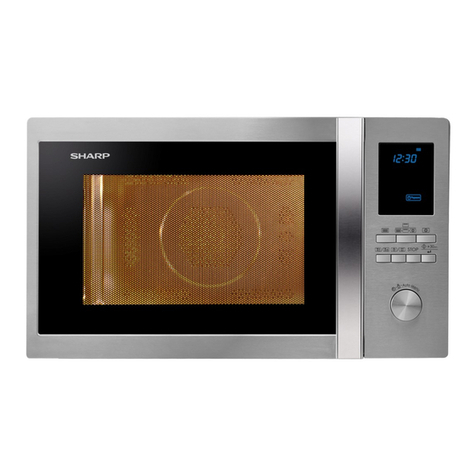
Sharp
Sharp R-922STWE User manual
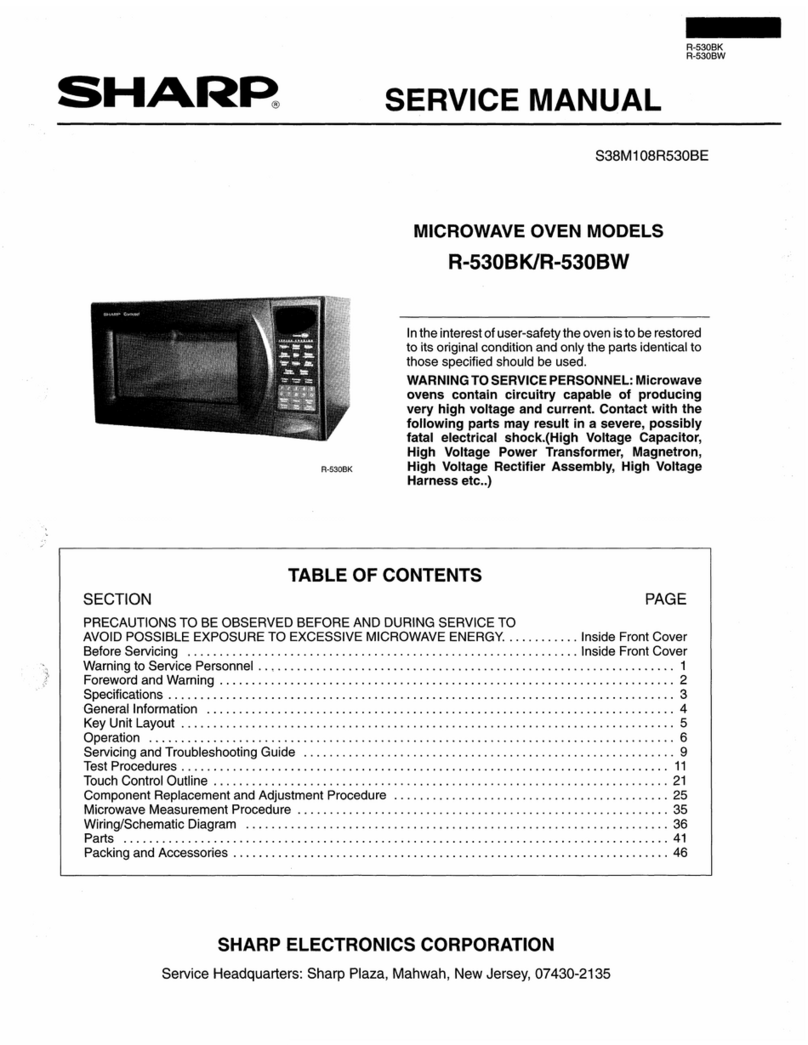
Sharp
Sharp R-530BK User manual
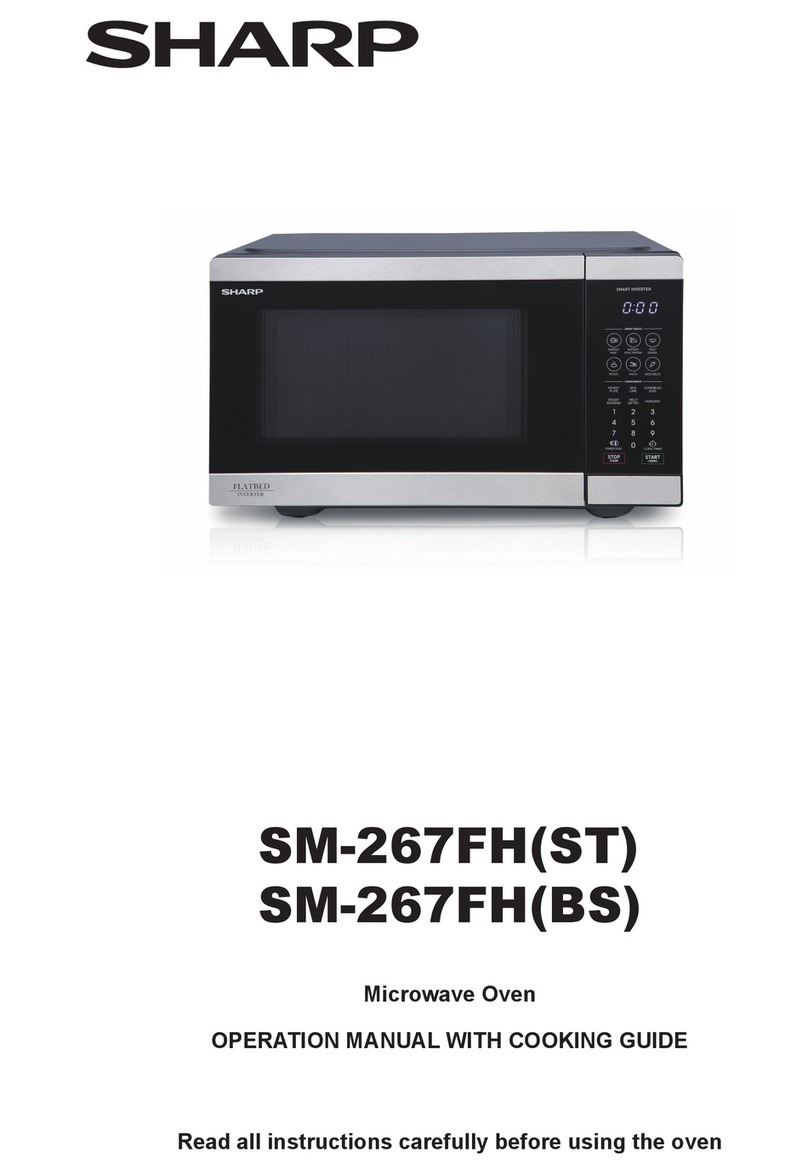
Sharp
Sharp SM-267FH(ST) User manual
Popular Microwave Oven manuals by other brands
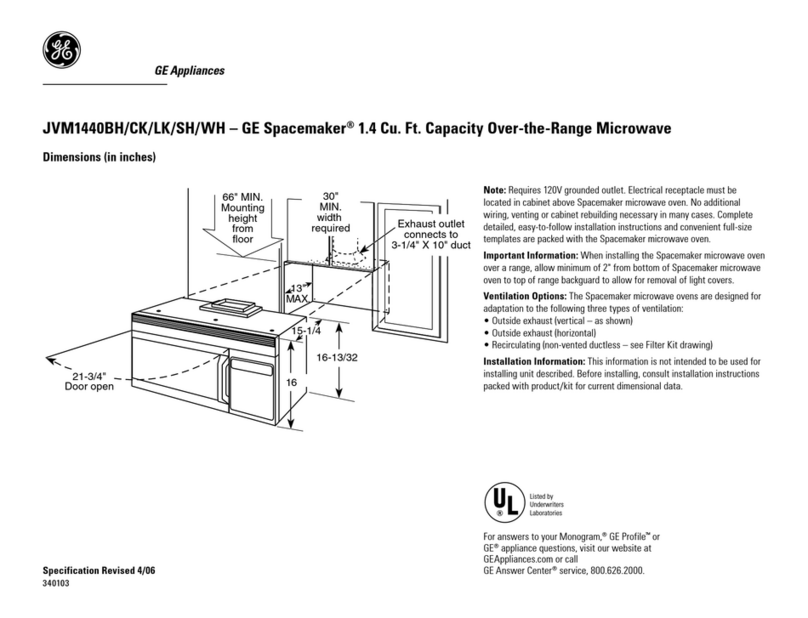
GE
GE Spacemaker JVM1440BH datasheet
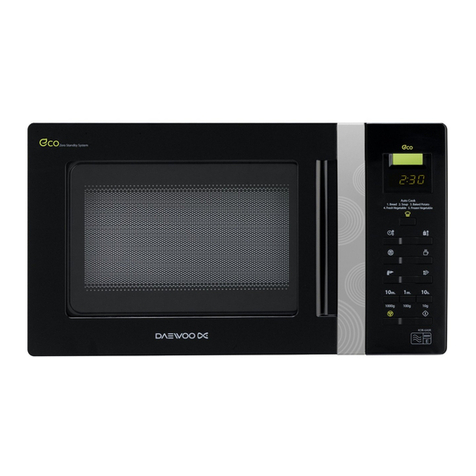
DAEWOO ELECTRONICS
DAEWOO ELECTRONICS KOR-6L8K5S83 Operating instructions & cook book
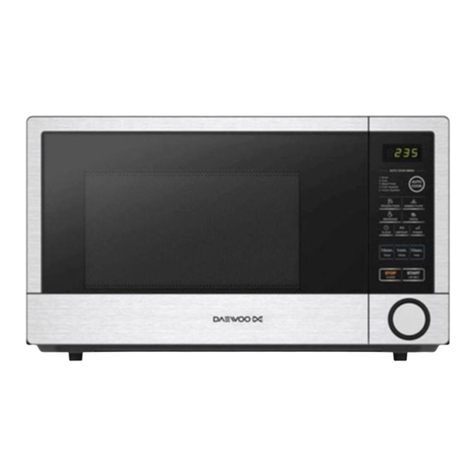
DAEWOO ELECTRONICS
DAEWOO ELECTRONICS KOR-1N5A9S Operating instructions & cook book
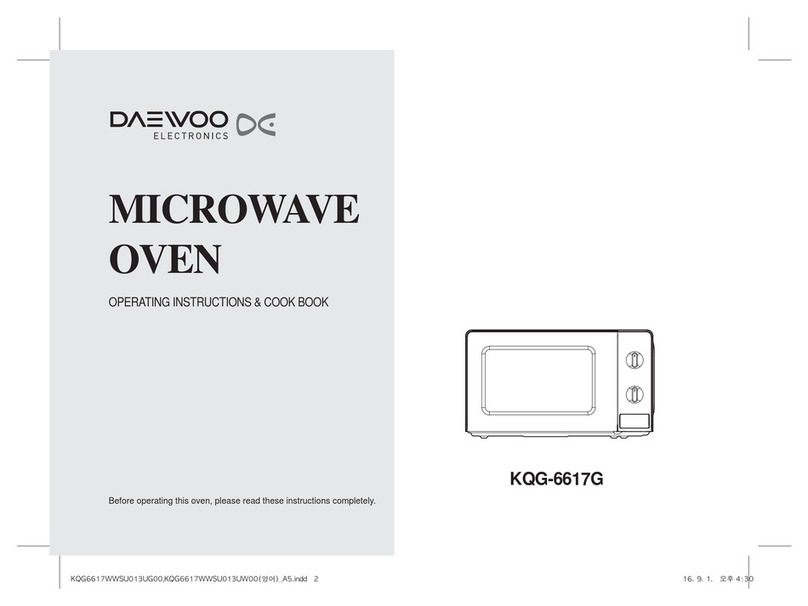
Daewoo
Daewoo KQG-6617G Operating instructions & cook book
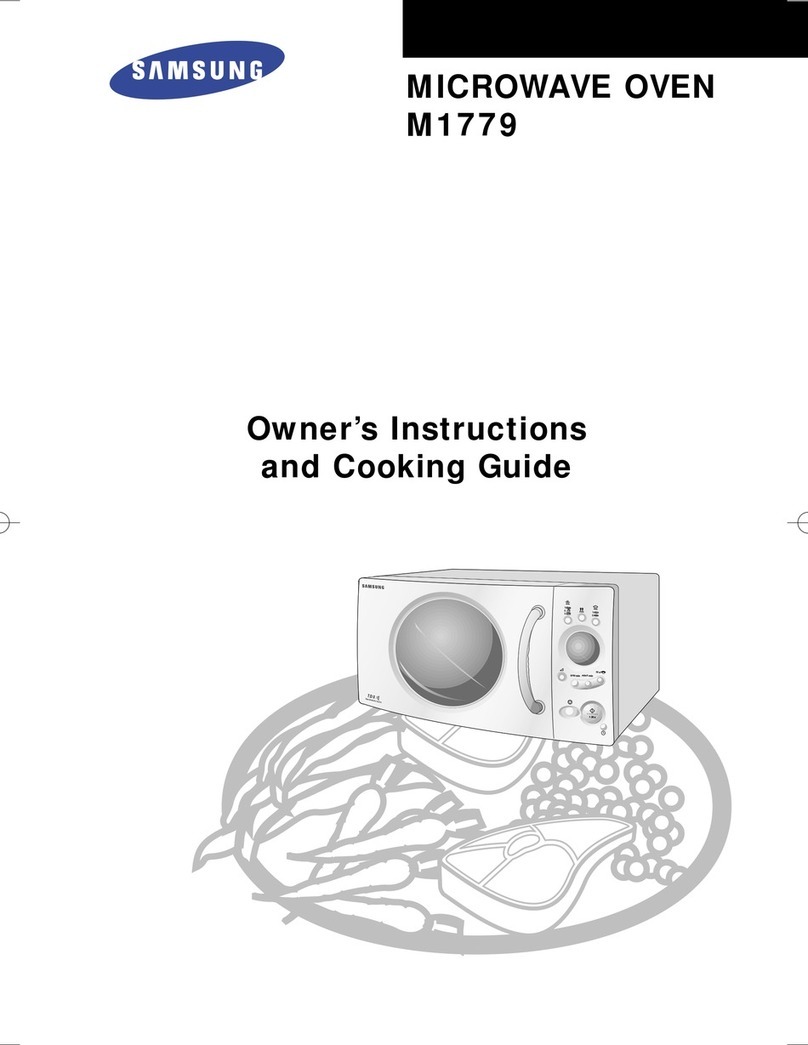
Samsung
Samsung M1779 Owner's instructions
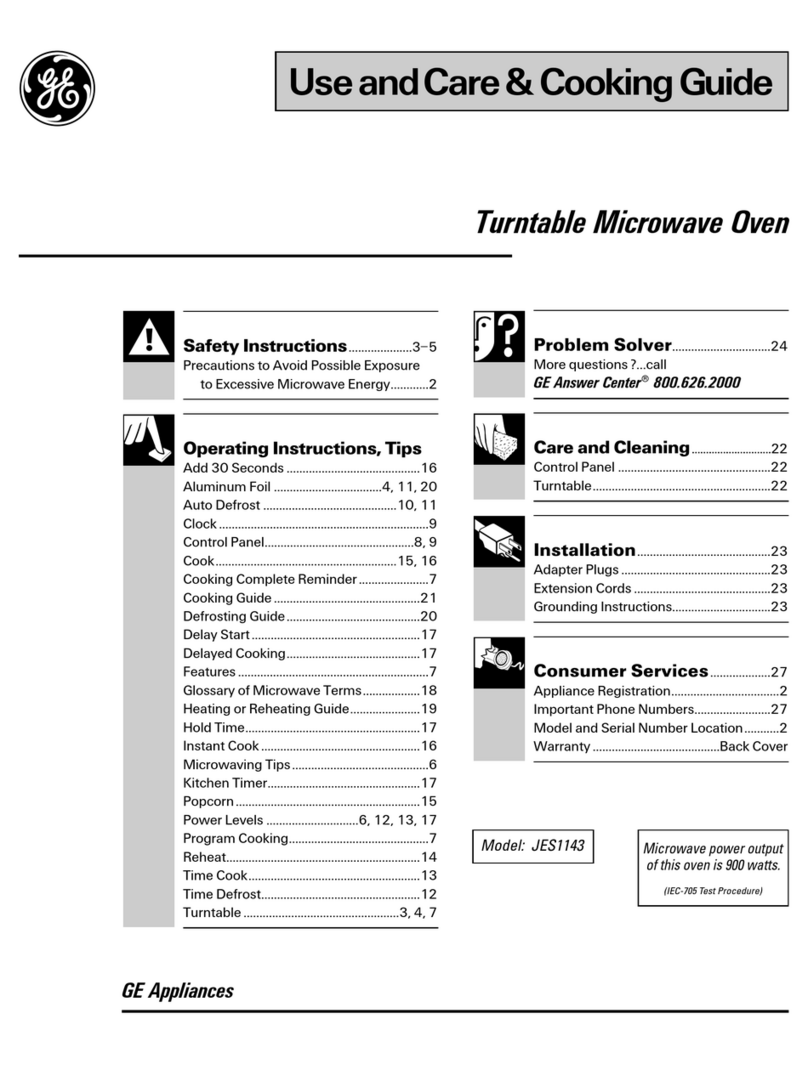
GE
GE JES1143 Use and care & cooking guide

Miele
Miele H6200BM(TB) Operating and installation instructions
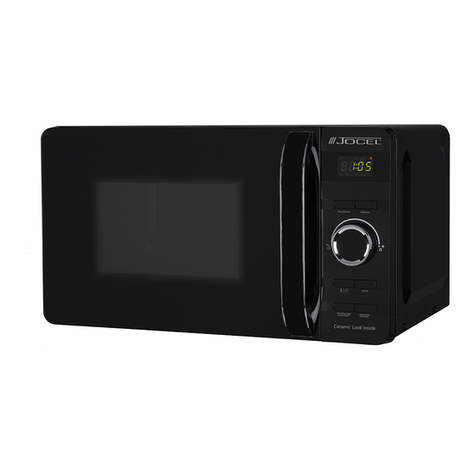
Jocel
Jocel JMO011480 instruction manual
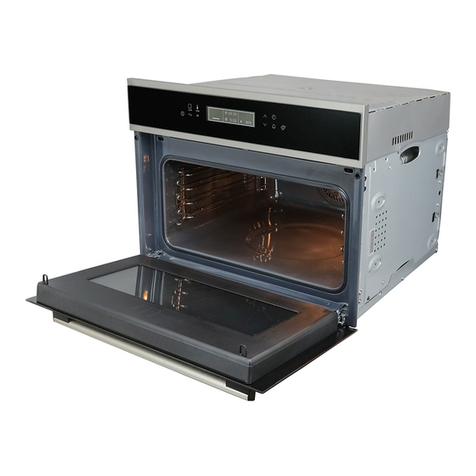
Electrolux
Electrolux EVL8E00X user manual
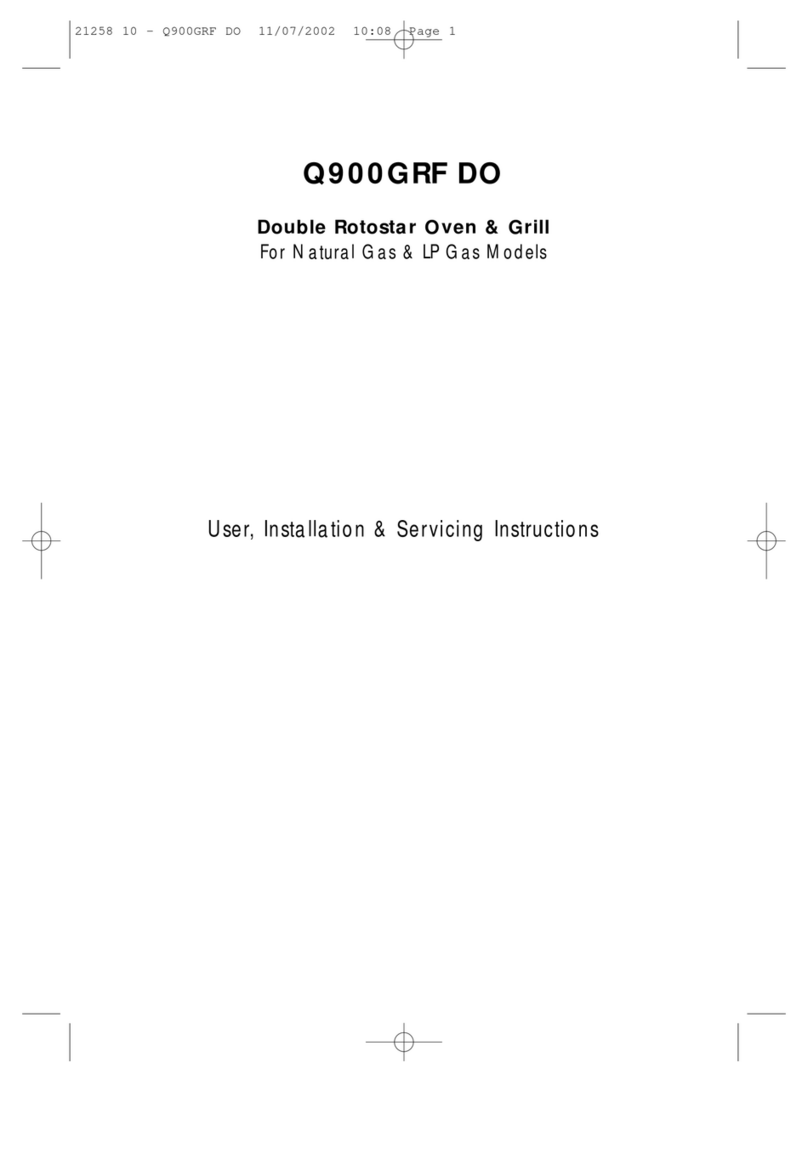
STOVES
STOVES Q900GRF DO User, installation & servicing instructions

Daewoo
Daewoo KOR-6L0B3S Operating instructions & cook book

KitchenAid
KitchenAid KCMS1555 Use and care guide
